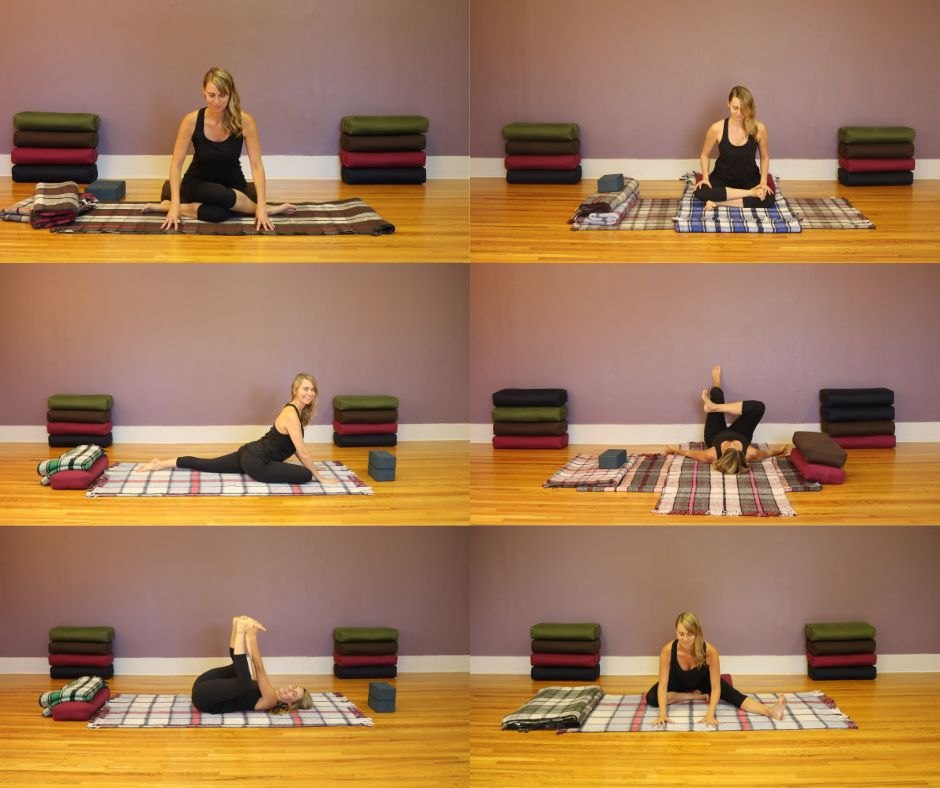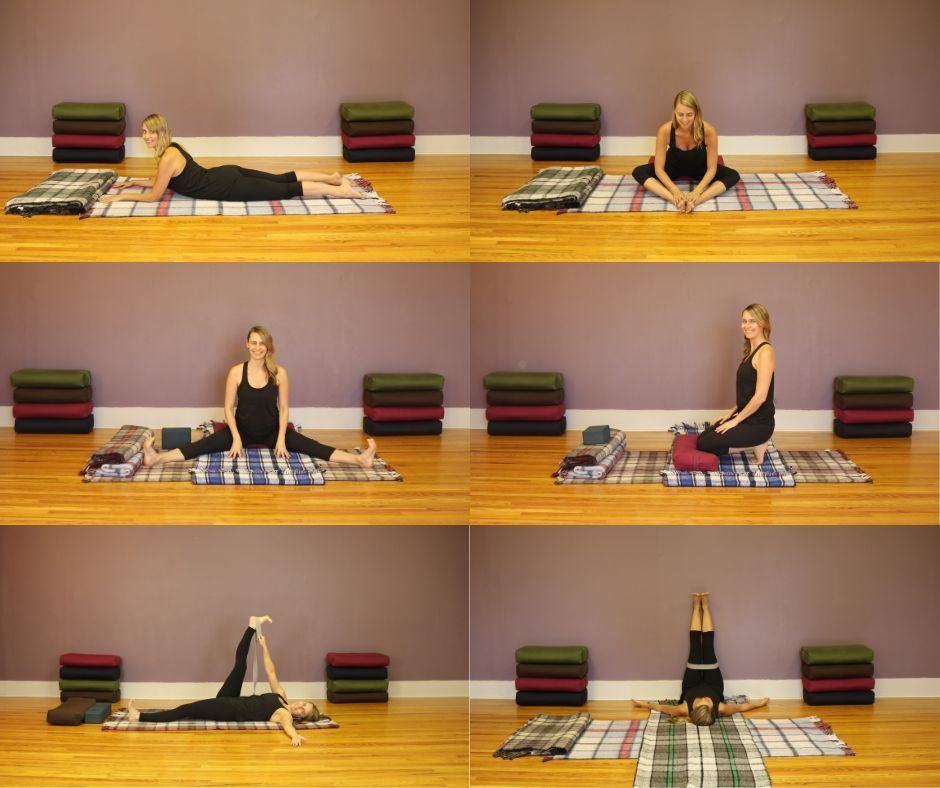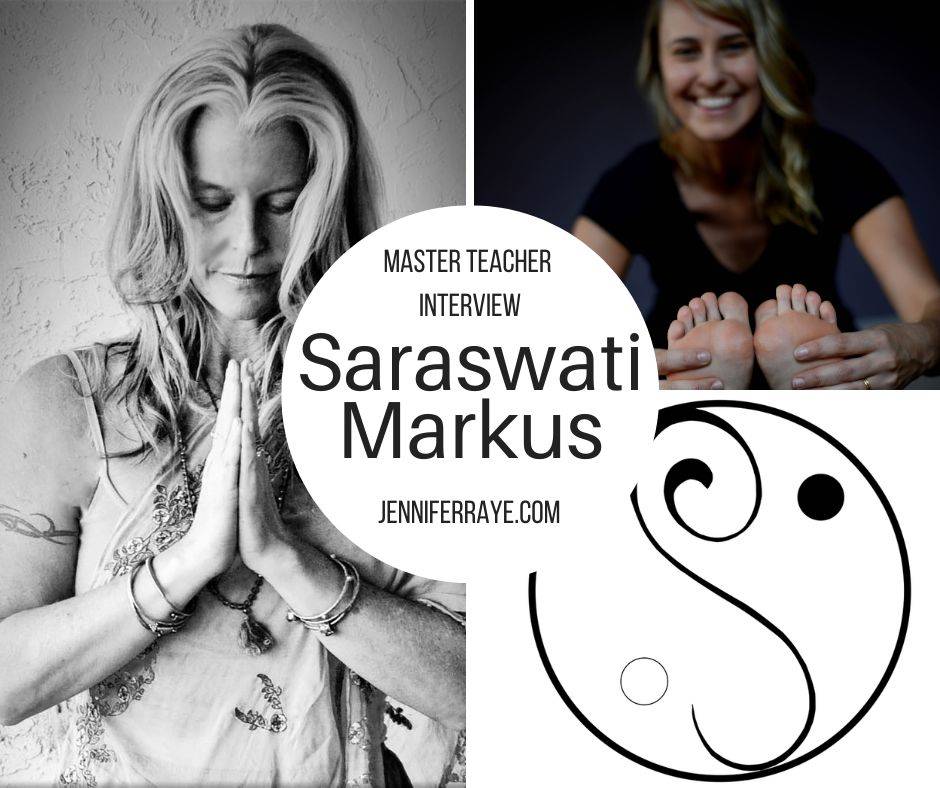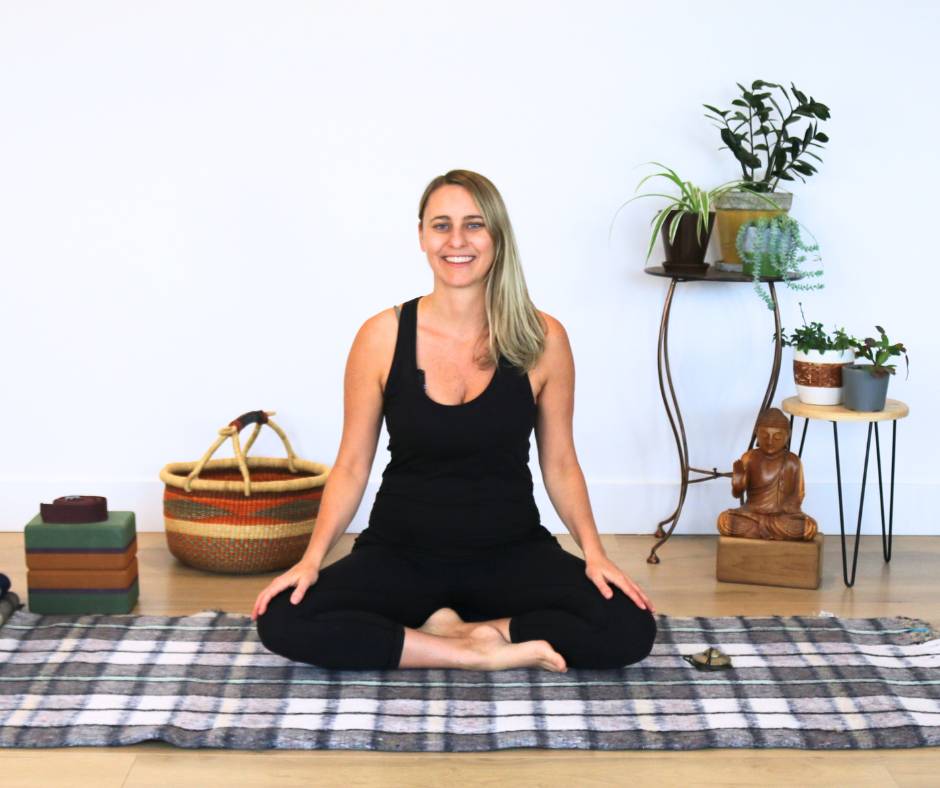Whether you’re practicing asana (the physical movements of yoga), or seated meditation, your experience arises through the filter of your sustained attention. The ancient yogis understood that through a deliberate cultivation of this attention, practitioners could experience the natural mind as radiant and clear.
Yogis use the eight fold path as a way to cultivate this sustained attention, and as a way to influence being and behaviour. Through teachings and practices, the eight fold path gives us the tools to recognize ourselves as pure and radiant awareness.
Two points that are outlined within the eight fold path are wise effort and wise mindfulness. Contemplation of these two qualities helps one to find balance and clear seeing, and is a necessary step on the path of practice.
Wise Mindfulness:
"There is one thing monks, that cultivated and regularly practiced, leads to a deep sense of urgency...the supreme peace...to mindfulness and clear comprehension...to the attainment of right vision and knowledge..to happiness here and now,... to realizing deliverance of Holiness: it is mindfulness of the body”
The Buddha
Wise mindfulness helps you meticulously examine the true nature of the body and mind. By directing the mind, and cultivating the power of attention, mindfulness puts you in touch with your patterns, and in the ultimate sense, points you toward insight regarding your deeper nature. Through directing and sustaining attention, the mind becomes collected and unified and you can begin to recognize the difference between what is continually changing (your reactive patterns), and that which is always constant (awareness itself). Mindfulness is the development of this “muscle” of awareness.
Mindfulness develops a quality of presence that is used to investigate and relax patterns of thought and action that keep you trapped in reactivity. By attempting to relax and observe pleasant, unpleasant, and neutral feeling tones, and the changing nature of sensation, thought, and feeling, you can avoid becoming overly identified with whatever you’re experiencing.
By tracking and moving your attention through the whole field of your sensory and bodily experience, you develop awareness of your interpretation of your experience. Through this insight your compulsions to react out of habitual tendencies relax. In other words, as your awareness of what grabs you is strengthened, you can suspend your need to act out.
Wise Effort:
“my sincere motivation is my protection”
Dalai Lama
The quality of wise effort helps to sustain and support practice. Much of the “hard work” in practice is just showing up. Through effort you can overcome habitual disconnection, and the momentum of reactivity, that often colours everyday experience. Wise effort helps you release unwholesome states such as restlessness, anxiety, or laziness, and embrace more wholesome ones such as love, compassion and wisdom. Through right effort, your good intentions are transformed into reality.
At their core these practices and teachings are simply directing your attention to what gets in the way of peace and ease. Wise effort contains both patience and equanimity. Like a finely tuned instrument, attention must not be too tight or too loose. It must not take on an air of endurance; gritting our teeth and bearing it. It also must maintain a sense of care and confidence. This balance between relaxation and determination bolsters a practitioner when facing difficulty. Wise effort strengthens the mind, so one can be with challenge instead of abandoning the moment. In your practice you can work with this balance by asking yourself: “what does even effort feel like in my body”?
For the vast majority of us this path is slow and gradual. By patiently and diligently practicing with wholehearted presence and effort we become more mindful. Remember that practice is not about creating a state that is peaceful and calm. It’s actually about interfering less and less with what is already here. By taking a longer term view you can see how being in process is the point of practice. Investigation through wise effort and mindfulness leads to the discovery of a vast awareness beyond the cherished assumptions of a solid self and helps you to realize our true nature.
To practice wise mindfulness and wise effort find audio meditations here.








